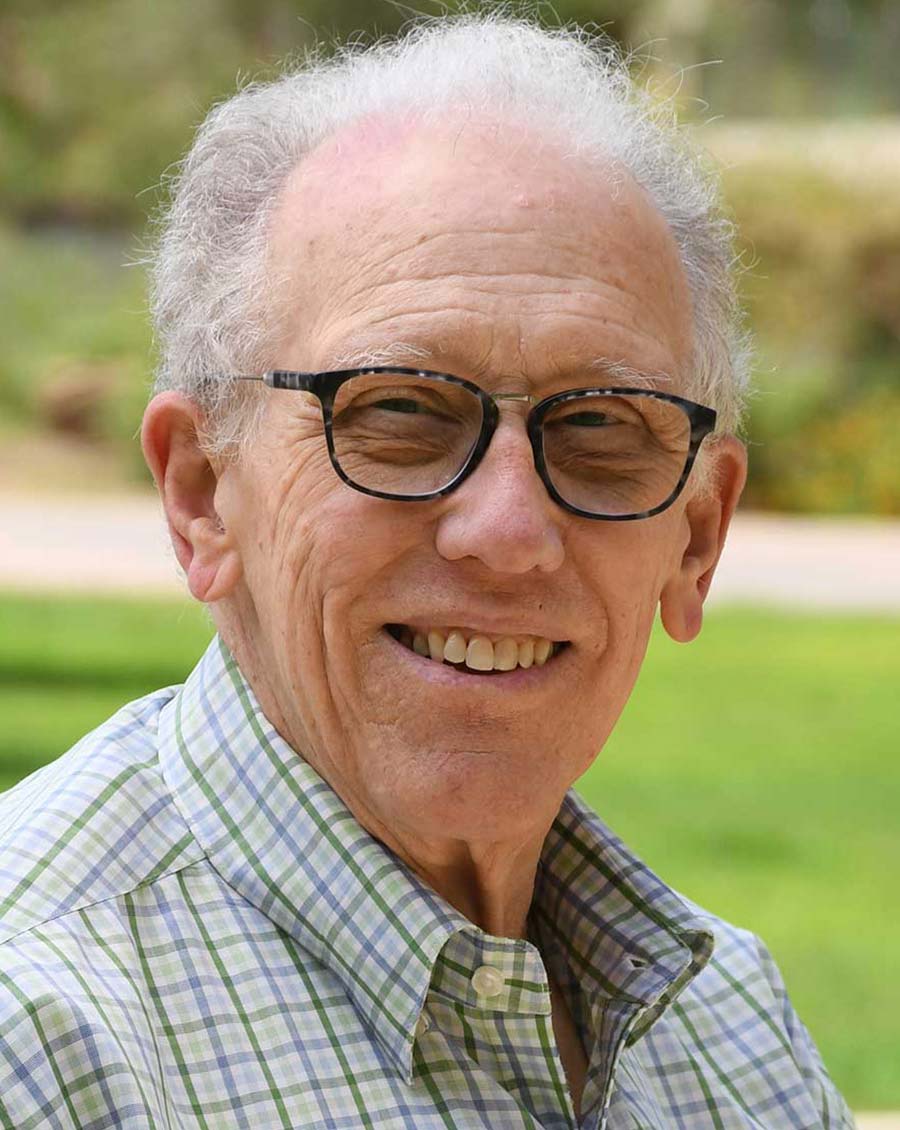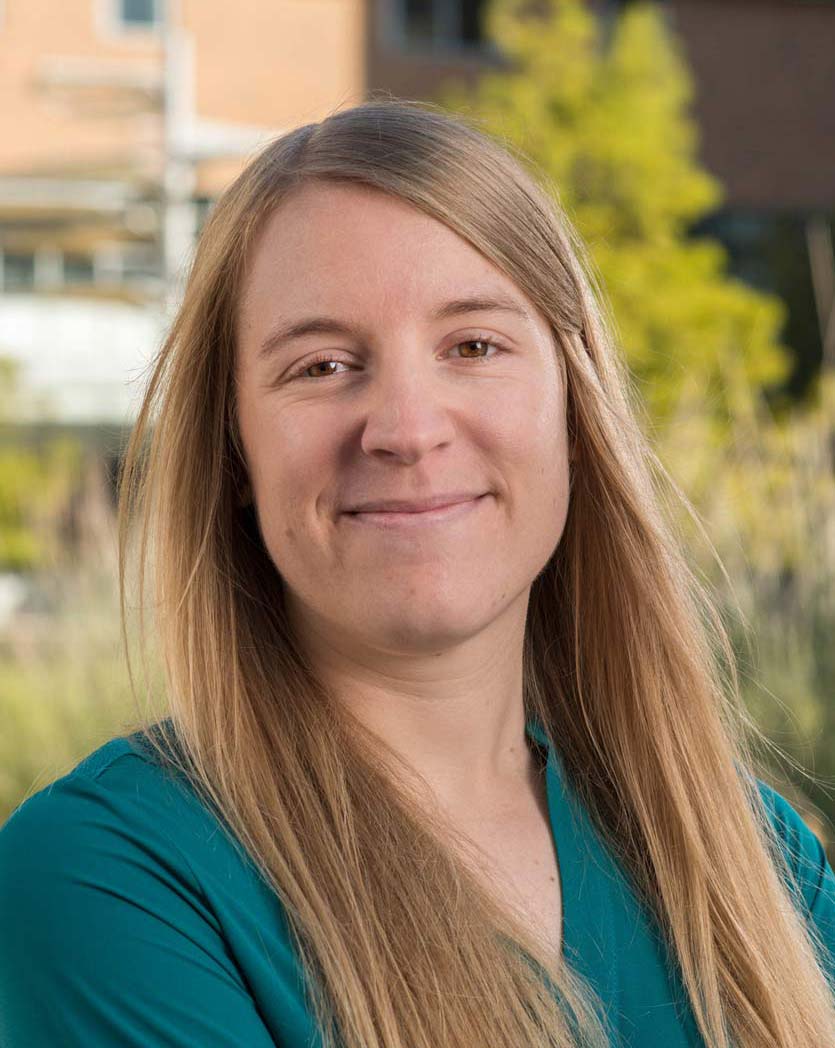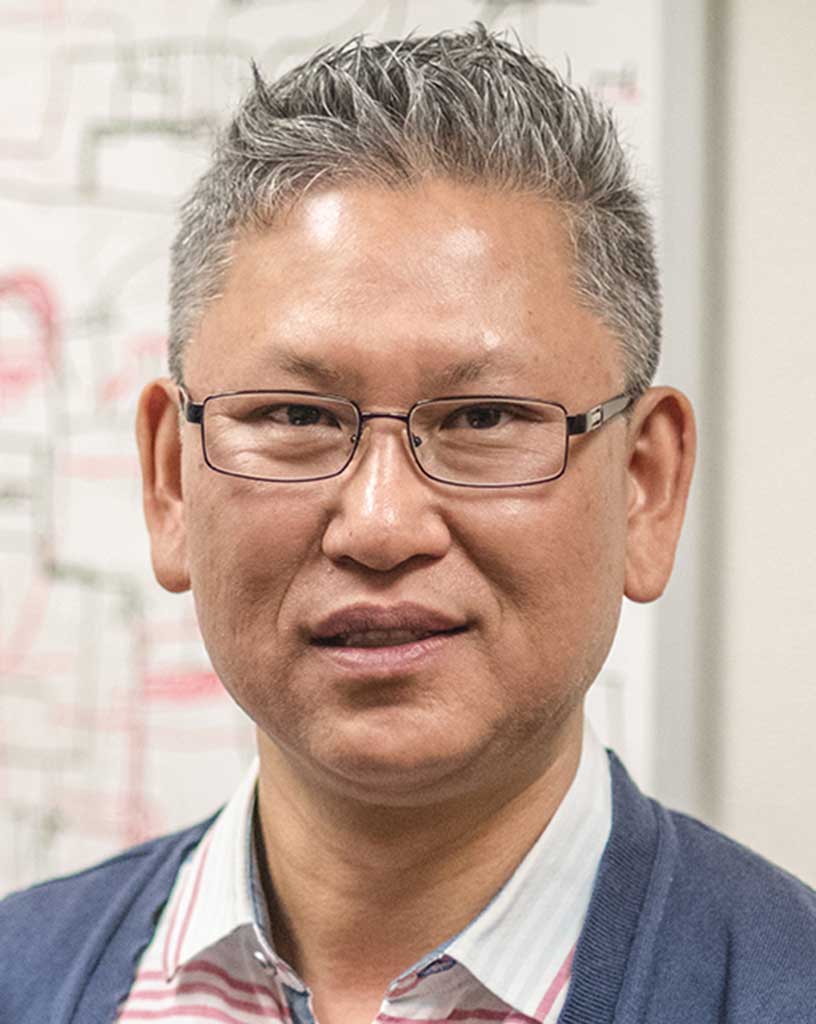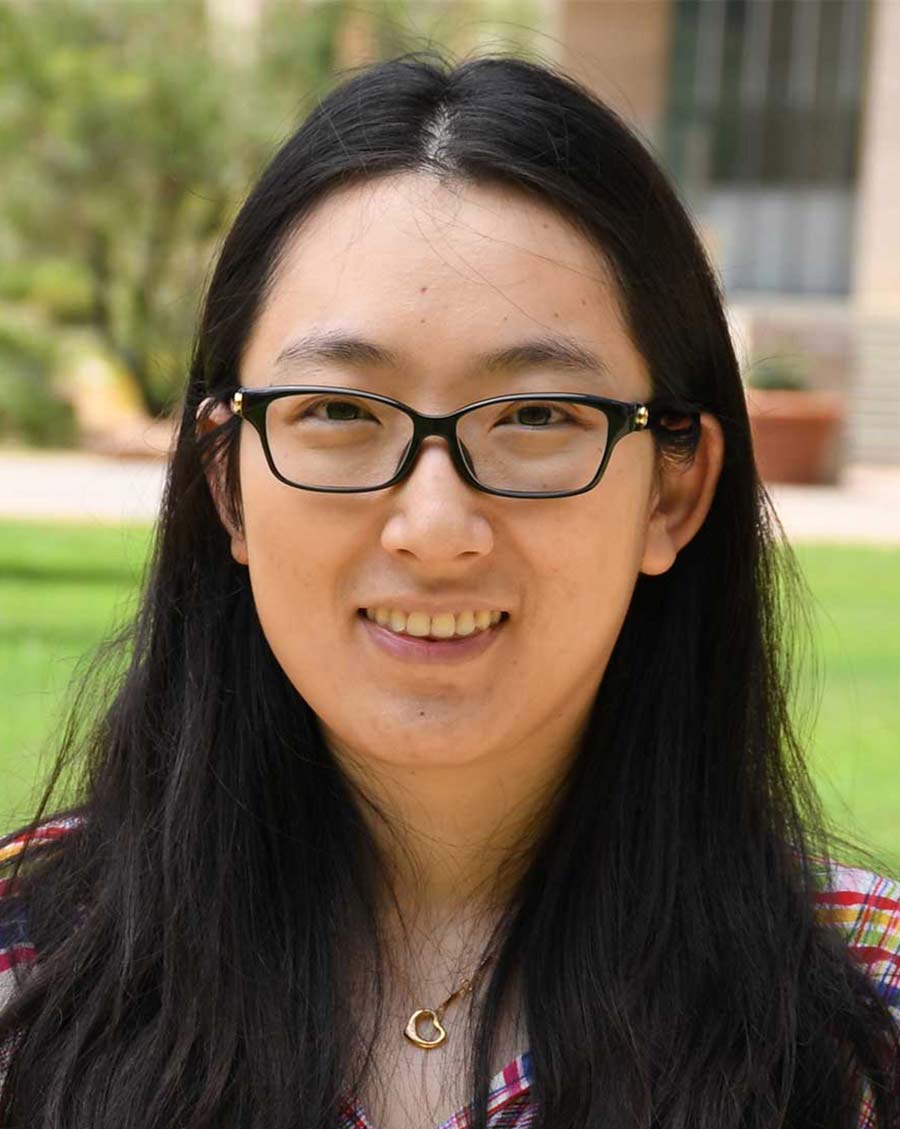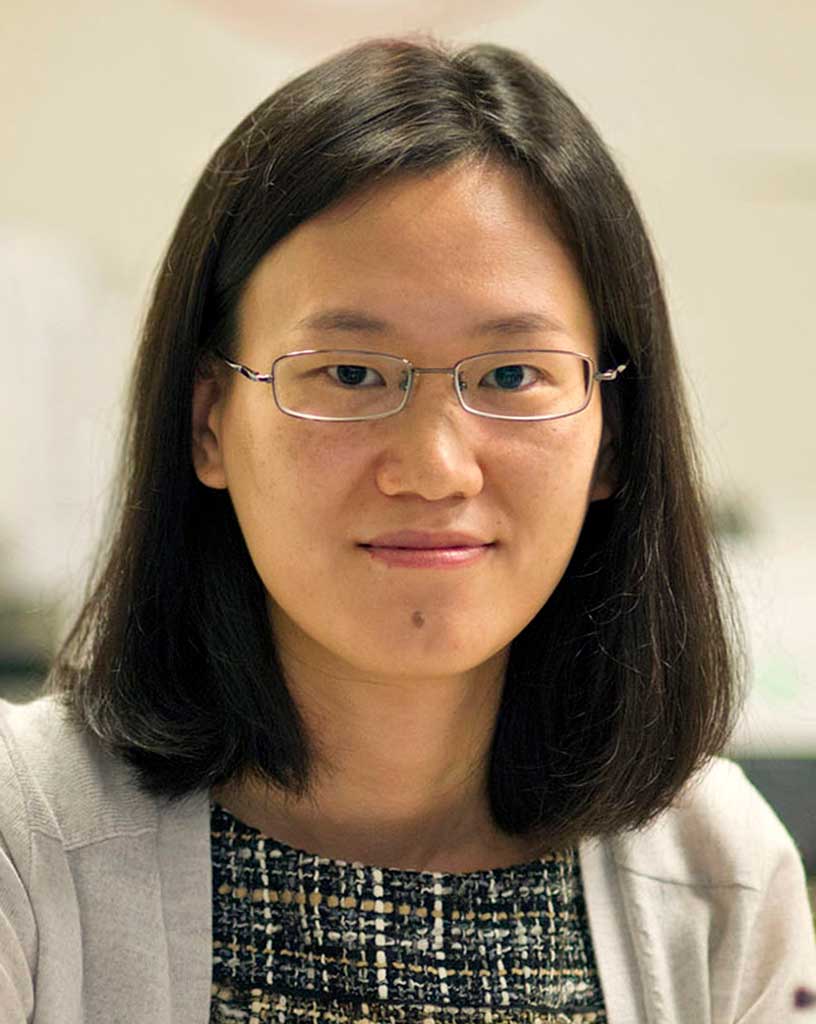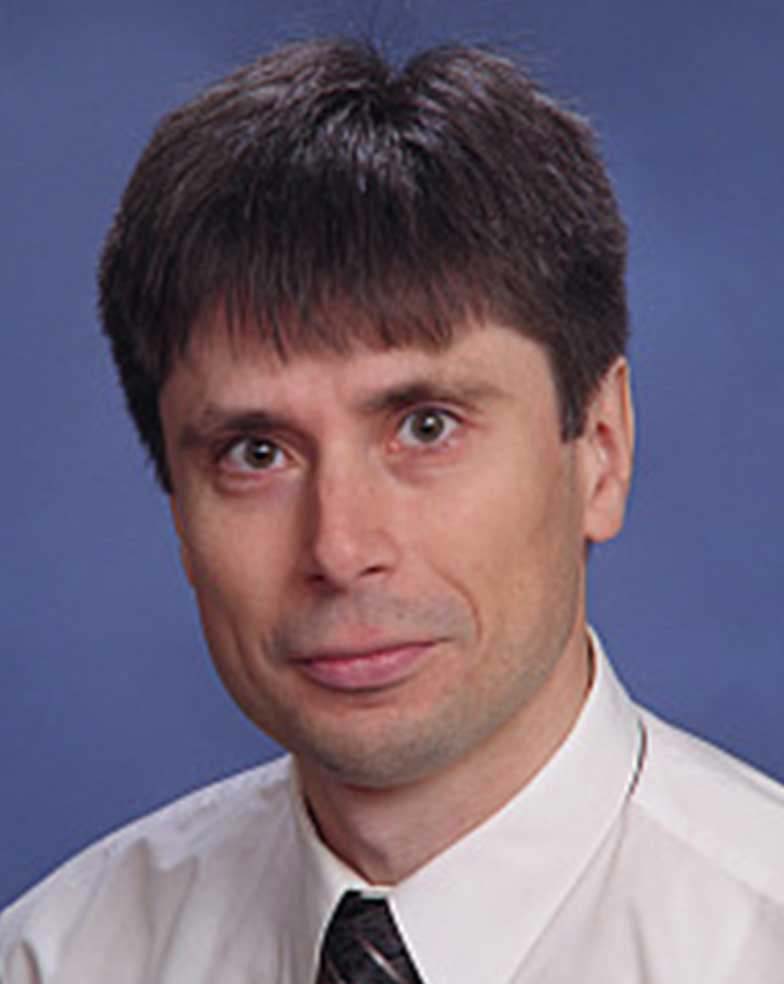634 Nedderman Hall
Box 19019
416 Yates Street
Arlington, TX 76019-0019
Communication and Networks
Recent Highlights
Resources
Wireless Communications and Networking Lab
Wireless communications and networking development and test equipment including spectrum analyzers, arbitrary waveform generators, Infiniium oscilloscope, network analyzers, handheld RF power meter and Log Periodic Antenna X. The Lab is doing research in spectrum efficient waveform design with application to wireless networks.
Signal Processing and Learning in Sensing Systems (SPLSS) Lab
SPLLSS focuses on the development and analysis of machine learning algorithms with application in multimodal sensor data fusion, artificial intelligence, remote sensing and hyperspectral imaging. Recent research activities include dynamic building of similarity graphs for multimodal data/signals via reinforcement learning with applications in data mining, decision making and tactical situational awareness.
Radar Sensor Network Lab
Equipment includes Lab Time Domain’s PulsON UWB radars, Log Periodic Antenna X, and wireless sensor network professional developer’s kit. The lab performs research in compressive sensing for radar and radar sensor networks because data compression has become a bottleneck for information processing and integration. The lab also performs research in practical co-prime and nested samplers and arrays for radar and radar sensor networks.
Abacus Cloud and Edge Systems (ACES) Lab
The ACES Lab has established a virtualized middle-scale cluster to support cloud-oriented research. The lab has 10 servers serving as cloud computing nodes, each of which is configured with 2 Intel Xeon E5-2650 processors, 64GB of RAM, a Broadcom NetXtreme BCM57810 10Gb NIC and 4x1TB SATA HDDs, and four cloud storage servers, each of which is equipped with a RAID-0 SSD array with five 800GB SATA MLC SSDs, consolidating all the multi-replica data for cloud computing nodes. All the servers are interconnected by six Dell Networking N4032F switches with peak bandwidth of 10 Gbps. A pool of 30 Raspberry Pi’s with temperature and humidity sensing capabilities are also connected to the cluster to allow for the testing of edge and IoT-based sensing applications.


